Balder HD-1 Review (Pre-production)
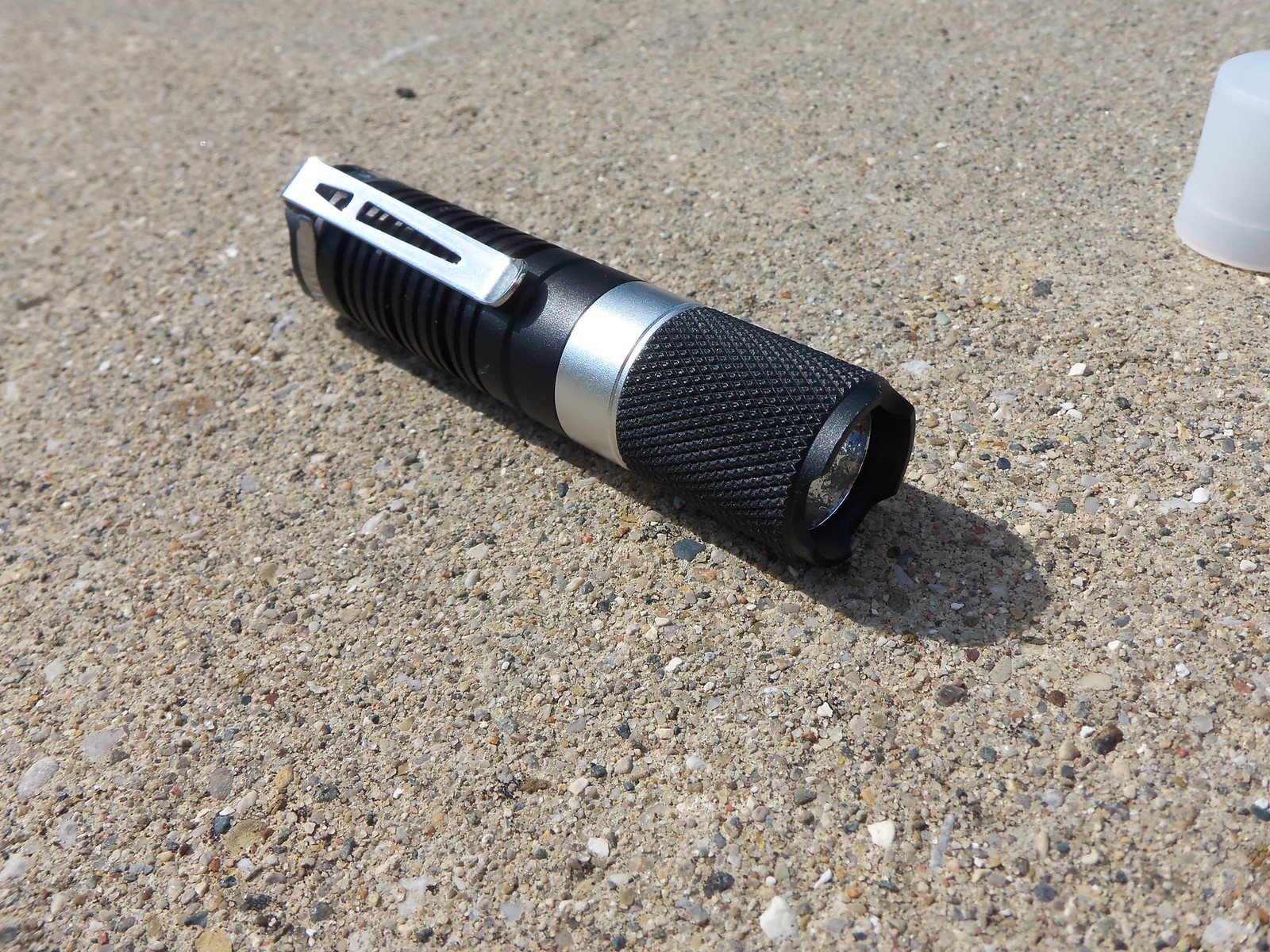
Though Balder has two 1xaa products already on the market in the SE-1 and BD-1, they are making the interesting decision to add a third product, the HD-1. Though what I received was a pre-production sample, the HD-1 is planned to slot in the narrow space between the budget SE-1 light and the more expensive BD-1, with Balder informing me that their intended price will be $29.99 (presumably for the XP-G version). At first glance, this seems like an odd move on the part of Balder as they already have two competent products to fulfill the 1xaa market. Where the HD-1 seems to separate itself is the unique drive system/interface which also enables the HD-1 to be a much smaller light than traditional rear clicky lights like the SE-1 and BD-1.
Since what I received is clearly pre-production, while I will still break my review into my usual categories, I will refrain from giving a numeric score. The main reason is that my review sample uses an XP-E emitter. Production versions will come with either XP-G or XM-L emitters, which means that any observations on output, throw, flood, etc will not truly be representative of a production light making it difficult to score those categories and then coming up with an overall score. Build quality on preproduction samples don’t always represent that of production models either.
FEATURES
My pre-production sample came in the usual Balder plastic box with a diffuser cap included and an attached clip. It came with no other accessories and no instructions. I don’t know if the diffuser cap will come with production versions, but it would be a nice touch if it was included. Hopefully production versions will also come with instructions and a minimum of a couple of o-rings.

The big news here is the interface. The HD-1 is neither a clicky nor a twisty. It instead utilizes a piston drive system modeled on the Nitecore D11. However, while the D11 is somewhat complicated as far as options, utilizing multi-modes including the blinking type as well as allowing for infinite adjustment, the Balder simply provides a low mode and a high mode. There is some contention about ownership rights to the piston drive system, but I’ll leave that discussion for another time. In a piston drive, the battery tube is responsible for making and breaking contact to drive the light. A body tube is typically then wrapped around it to keep the whole thing together. Operation is like a traditional clicky in that you push on the rear of the light to switch on and off and change modes. The advantage over the traditional clicky is that it removes the mechanical clicky switch entirely from the equation. In theory, this means one less thing to break and thus more long term durability. The elimination of the clicky switch also means that the light can be made much shorter as there no longer is any need to have a lengthy tailpiece to incorporate the switch and boot. In other words, you end up with the functionality of a clicky with the packaging efficiency and theoretical reliability of a twisty. I say theoretical because the Nitecore’s have a history of being flaky, but perhaps that is partially because of the previously mentioned complicated multi-mode circuit they use.

The HD-1 design is distinctive and attractive. Balder always tries to incorporate a physical design that departs from the standard black tube without going to extremes and they do a good job here. There is still the usual head piece with standard knurling that everyone uses, but the black is nicely interrupted by the silver ring and belt clip. Rather than knurled body tube, the HD-1 body tube has concentric grooves with slots cut all the way through. The slots are a nice touch in combination with the piston drive as it accentuates the drive aspect instead of hiding it. It’s a cool industrial-like look that helps to separate it from the crowd. Functionally, the slots and grooves provide great grip. The one disadvantage to the slots is that they create many spots to potentially collect pocket lint.
The tail design smartly allows tailstanding without issue and the head is just slightly crenelated to allow light to slip through when its sitting head down. This allows you to tell the light is still on when it is in that position. As already hinted at, the light is smaller than most lights in the 1xaa category, though it is not going to be able to enter any world’s smallest contests. It’s much more pocketable than Balder’s own SE-1 and BD-1, though it is just slightly larger than the classic ITP A2 twisty. As seen by the pic with the Tank007 E07, it does compare very well with the size of competing twisty products. Since I prefer the functionality of a clicky over a twisty, this is a win in my book.
With all that said, how does it work in actual operation? Pretty good overall. There is no memory mode so we have three settings of high, low, and off available. If you are coming from an off position, it will always start in high mode. It should be noted, however, that if the light has been off for more than 10 seconds (as it will be most of the time), you have to press the piston in for about two seconds to get it to turn on. After it is on, you press again to change to low mode, then press yet again to get back to off. Herein lies the problem with the interface in its current form. There is no instant on because of having to hold the piston in for a bit to activate the light and there is no instant off from high mode because you always have to cycle through low to get back to off. I would like to see three modes for this light, but the additional mode in the current set-up would mean another level to cycle through to get back to off.
With my particular sample, it is possible to treat the light as a twisty if you want rather than using the piston. If you loosen the head, you can just tighten the head to activate each mode. However, the driver actual establishes “off” as a specific mode. So the sequence becomes: tighten-high, loosen-off, tighten-low, loosen-off, tighten-off, loosen-off, then repeat. Each time you loosen it, though, it will always advance to the next setting when you tighten it so it’s not always the most useful to use the light in this method. At this point, I really need to point out my sample of the light seems to be an even earlier sample than what Old4570 and UPz received. Besides missing the Balder branding label, there is also a significant design change, though it’s not apparent without unscrewing the body. Oddly on my sample, the male threading is on the body tube rather than the head. While that does mean that there are anodized threads on my light, it also means that I can’t remove the inside piston piece of the light. The bad news is that you can’t access the o-ring in the piston component should it need to be lubed. For that reason alone, I would prefer the version Old4570 received.
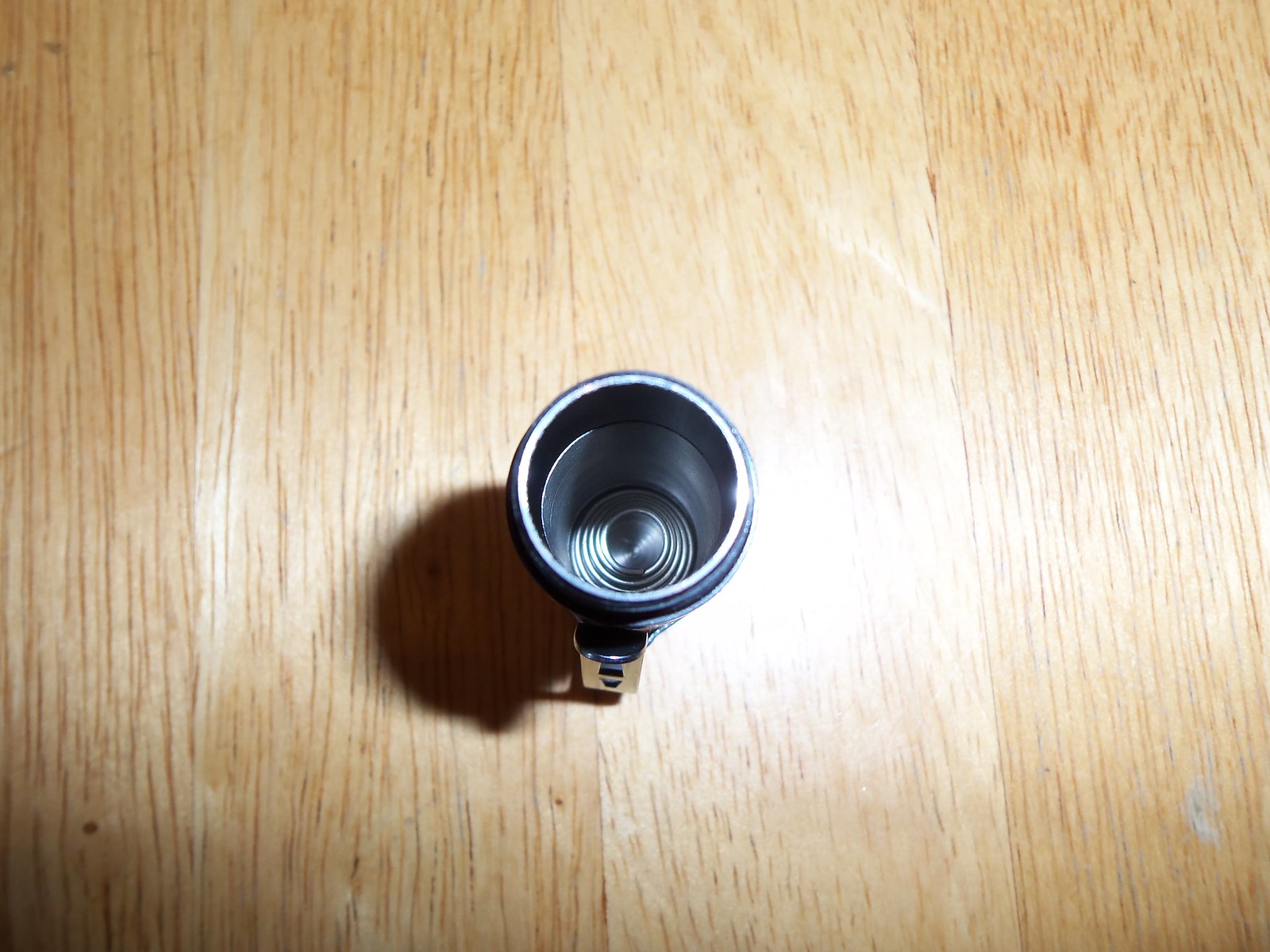

BUILD QUALITY
My pre-production sample did show up with some scratches and scuffs, but that can’t be considered representative of production models. Overall, the quality is still pretty good for a pre-production sample. Threads are good, although nothing special. Machining of all parts seems top notch. Anodizing is even throughout but does seem thin and prone to scratching. The clip is top notch. It seems to be high quality steel and not something that will easily break. A definite upgrade of the clip on the SE-1.
I was not able to disassemble the light as much as I would have liked due to the design change. But, from what I could tell, everything seemed solid and well made. There are no obvious blobs of solder poking through anywhere. The emitter on my sample is just slightly off-center, however. It does not seem to be far enough off where it would have any major effect on the output. Batteries fit tightly with no extra wiggle room. In fact, it may be too small. My protected 14500 simply would not fit in the light and I don’t have any unprotected ones to check with, unfortunately. That didn’t prevent me from at least testing my protected cells with the head only and a DMM. My Nizn, Nimh, Alkalines, and Lithiums worked without problem. Perhaps the extra space required by protected cells could prevent standard cells from working given the way the piston drive functions?


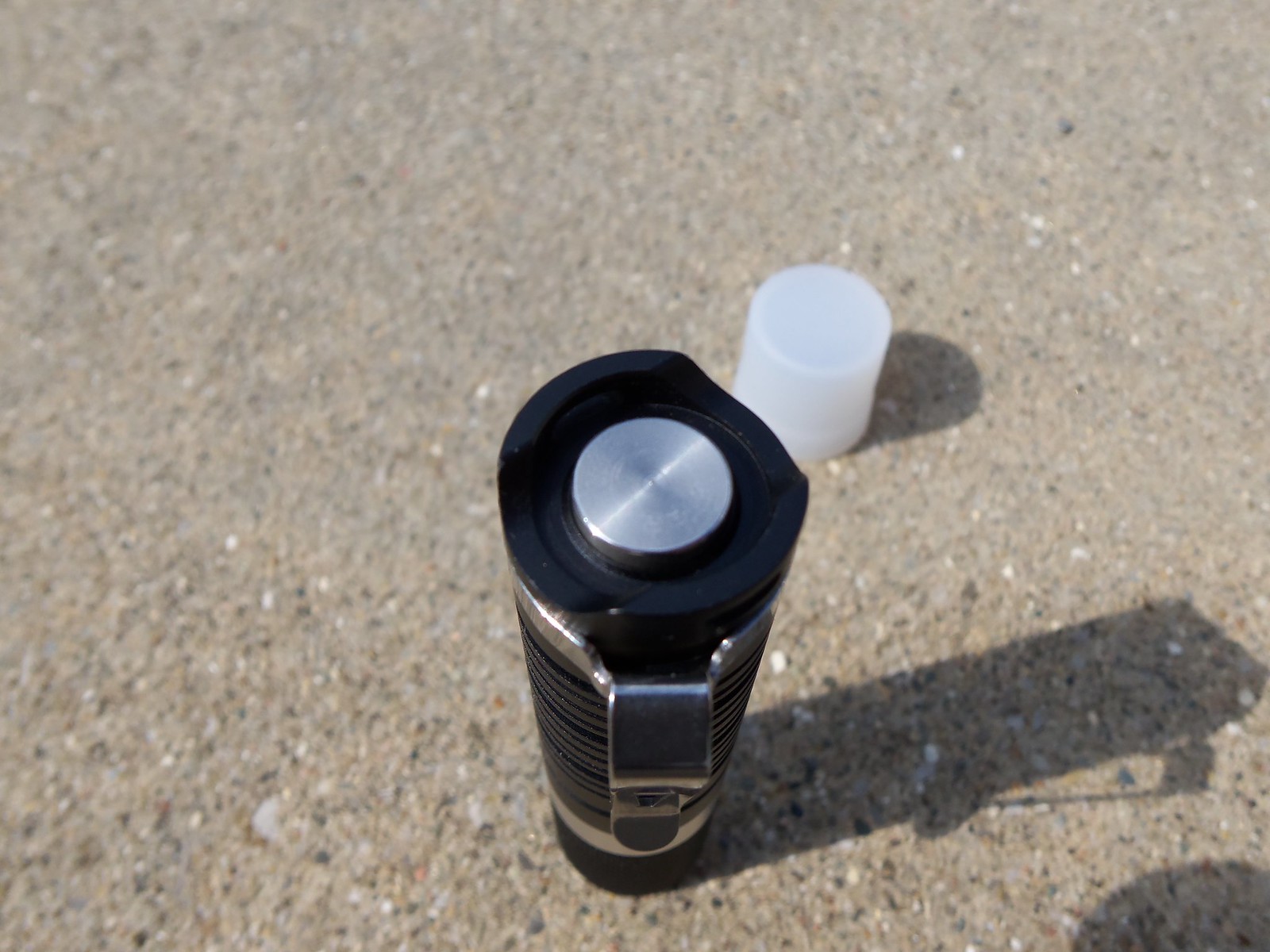
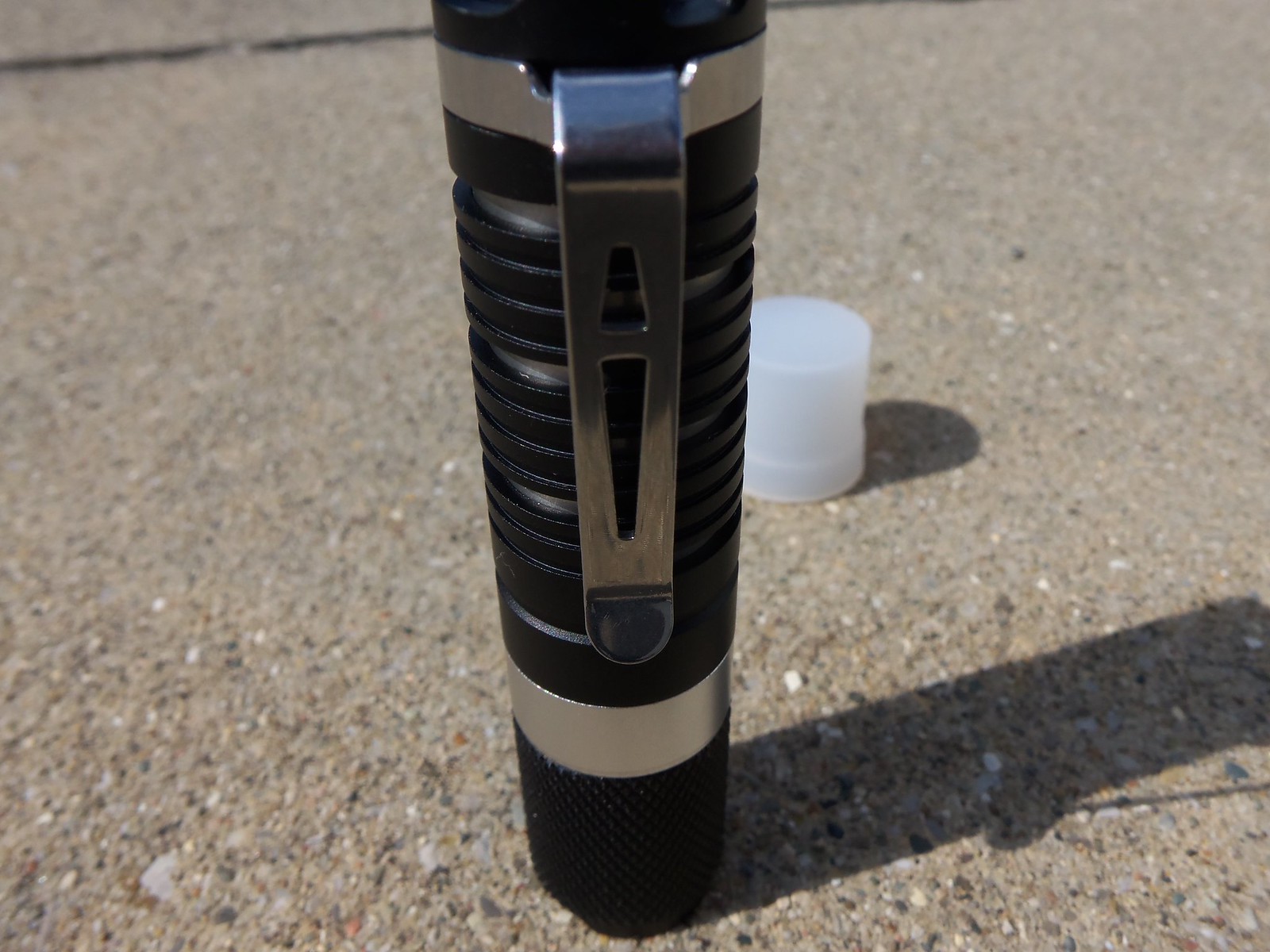
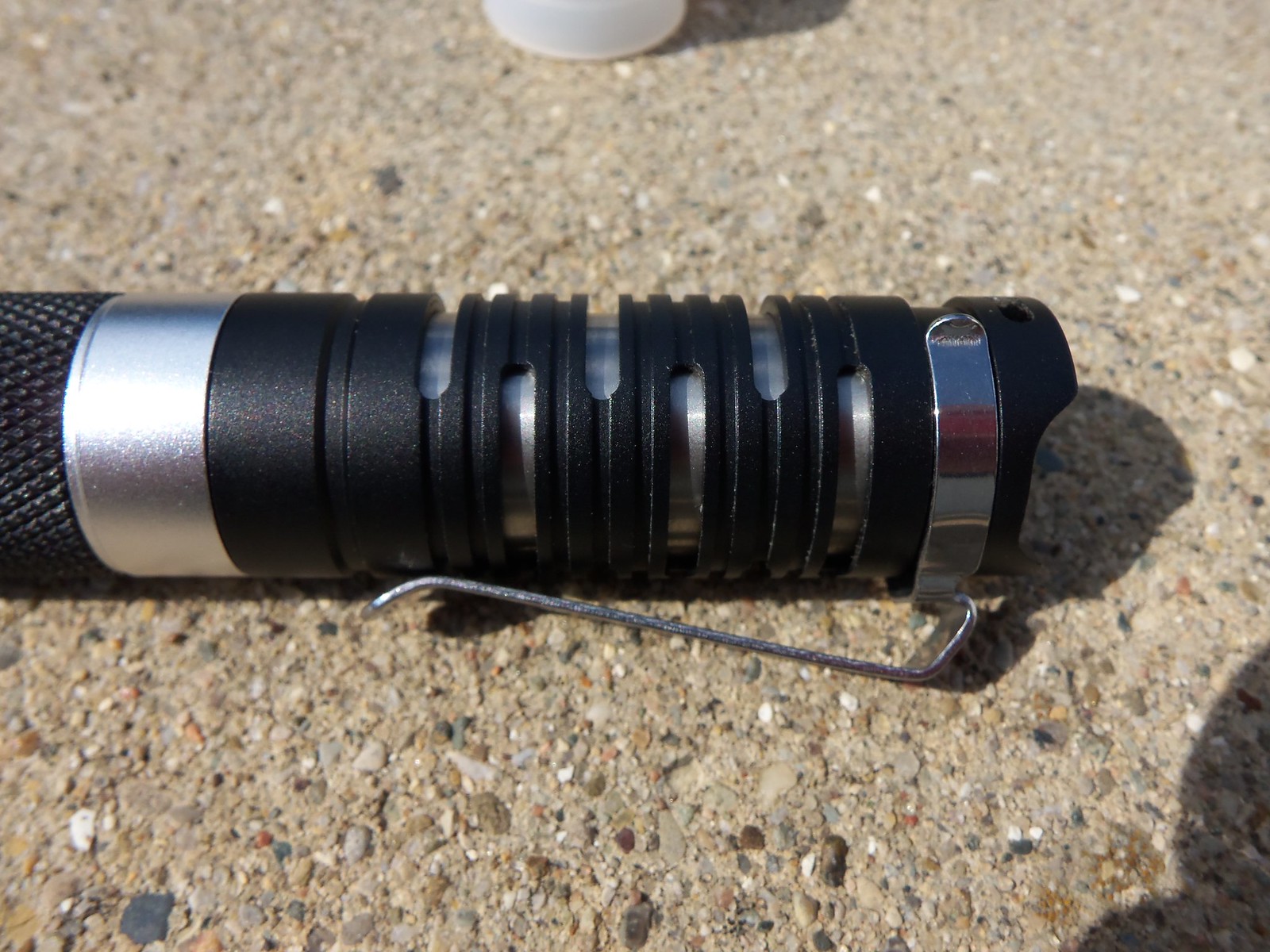

LIGHT OUTPUT
As already mentioned, my sample came with an XP-E while production versions will have either an XP-G or XM-L so the observations here are of somewhat limited value. The numbers I got from my DMM differed somewhat from what others got. I may need to recalibrate my DMM but then again since my version of the light is clearly from a different run than the other testers, perhaps my numbers are correct. Using a nimh, I got a draw of 2.15a on high and 0.06 on low. On alkaline, I got 2.05a on high and 0.06 on low. My protected 14500s won’t fit in the light to do beamshots, etc, but by testing with the head alone, I got a draw of 1.4a on 14500. A bit high for an XP-E, but perfect for an XP-G. Balder said it was their intent to have output close to what the SE-1 had. On high, they seemed to accomplish this (compared to XP-E SE-1)as I’d estimate lumens in the 120-130 range on nimh, albeit with a floodier beam. It’s a reasonable output but far from class leading as the XTAR WK25B is clearly brighter. The low really is exceptionally low as it seems to be right around the 1 lumen mark. On my sample, the output is clearly PWM controlled with noticeable strobing on low when illuminating fast moving objects. Hopefully, the PWM frequency will be increased on later versions. The huge gap between low and high does make a medium mode desirable, but again, under the current interface design, you would then have another mode to cycle through to turn the light off.
The beam profile is fantastic. Incredibly smooth without rings and a blurred transition between hot spot and corona. The reflector is OP and is about the same diameter as that in the ITP A2, but a little bit deeper. That deeper reflector makes the beam a bit more focused with a noticeably tighter coroner. The XP-E actually works really well to give a nice balance between throw and flood in conjunction with the reflector used. It’s too bad that won’t be an option in regular production. It’s easy to project that the XM-L version would be extremely floody, which could be either good or bad depending on your needs.
Left to Right: ITP A2, Balder HD-1, Balder SE-1 (XP-E)
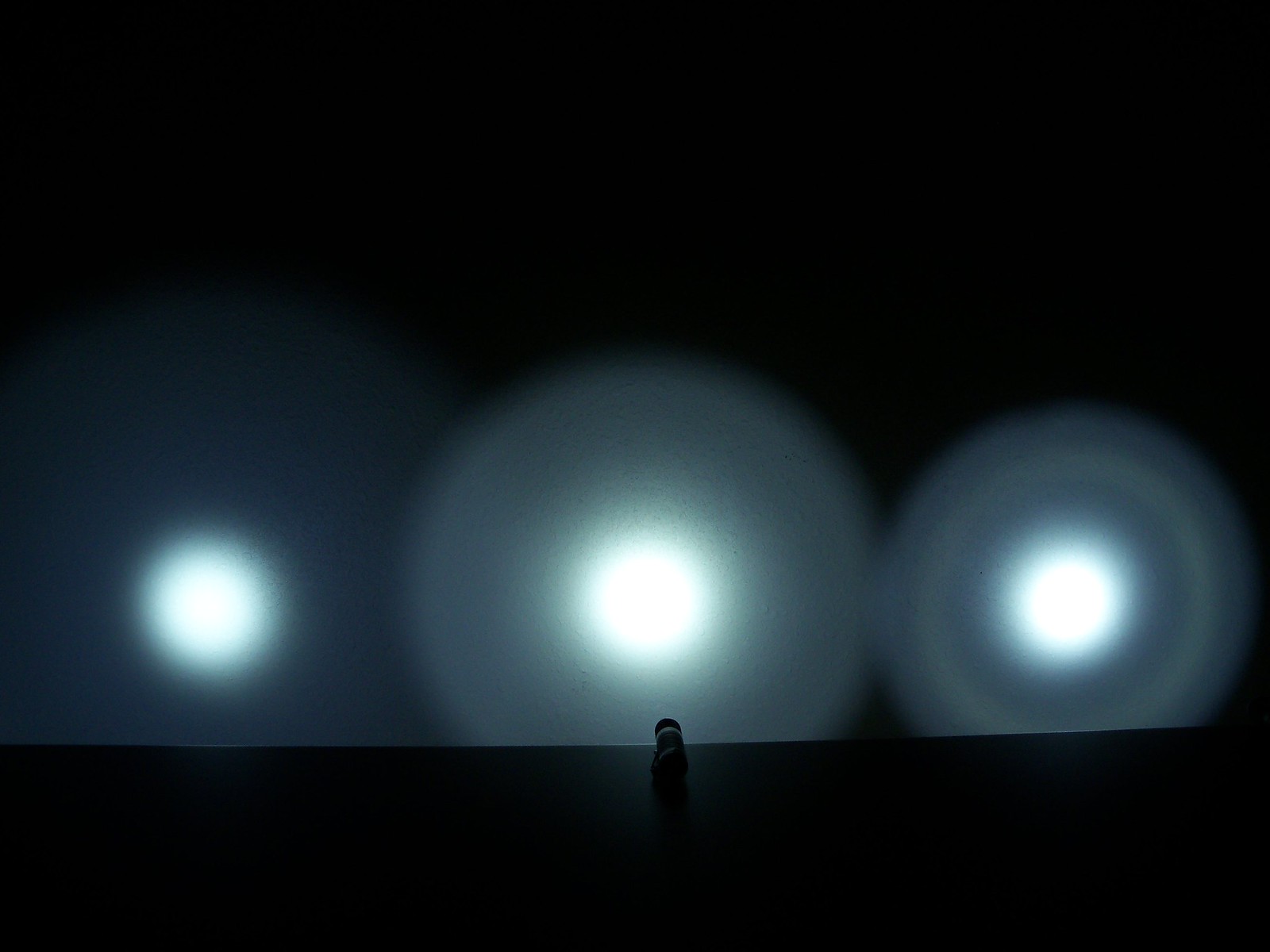


Control

ITP A2
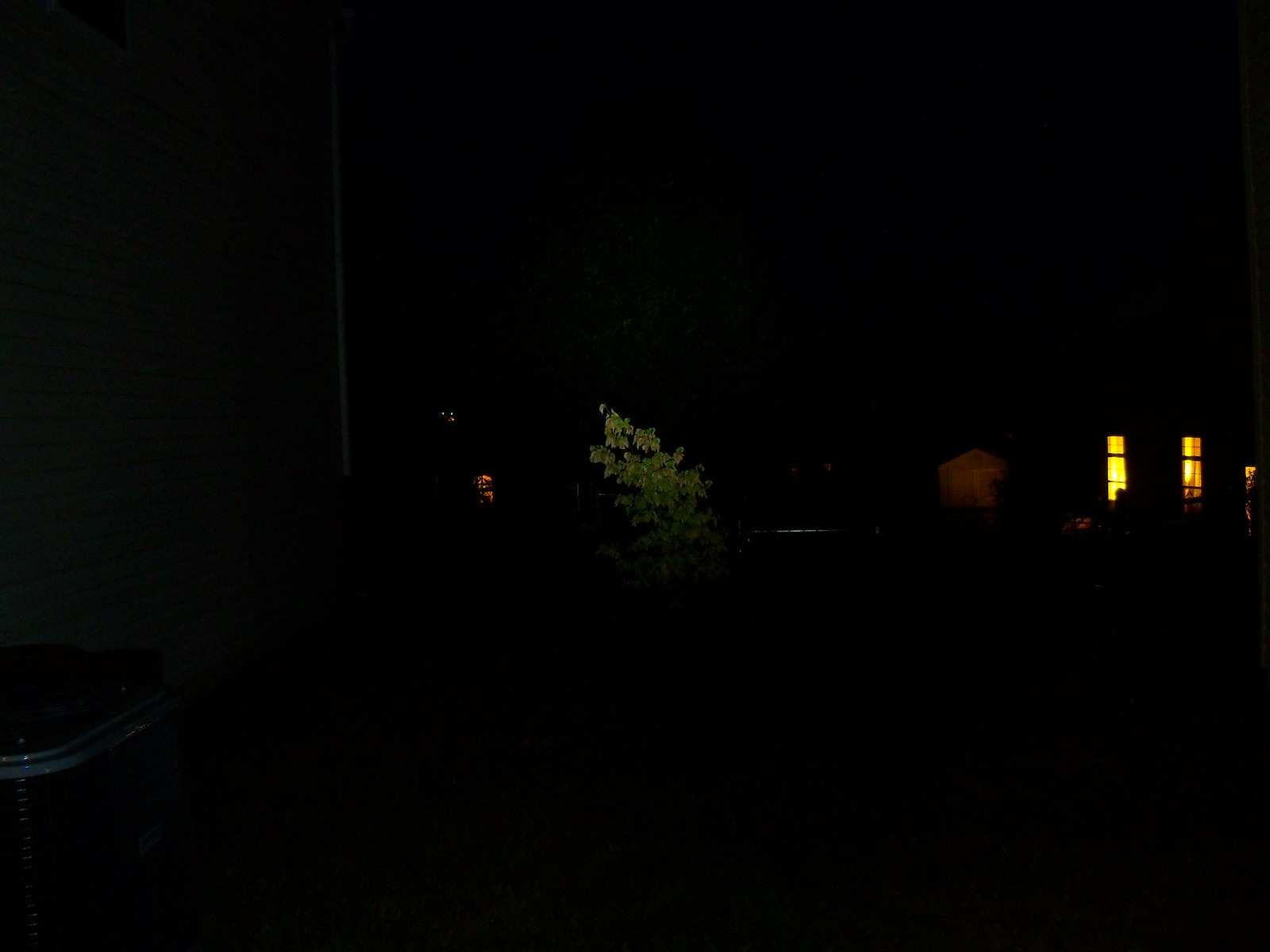
Balder SE-1 (XP-E)

Balder HD-1

Xtar WK25B

Here's a shot of the light in action with the diffuser cap on:
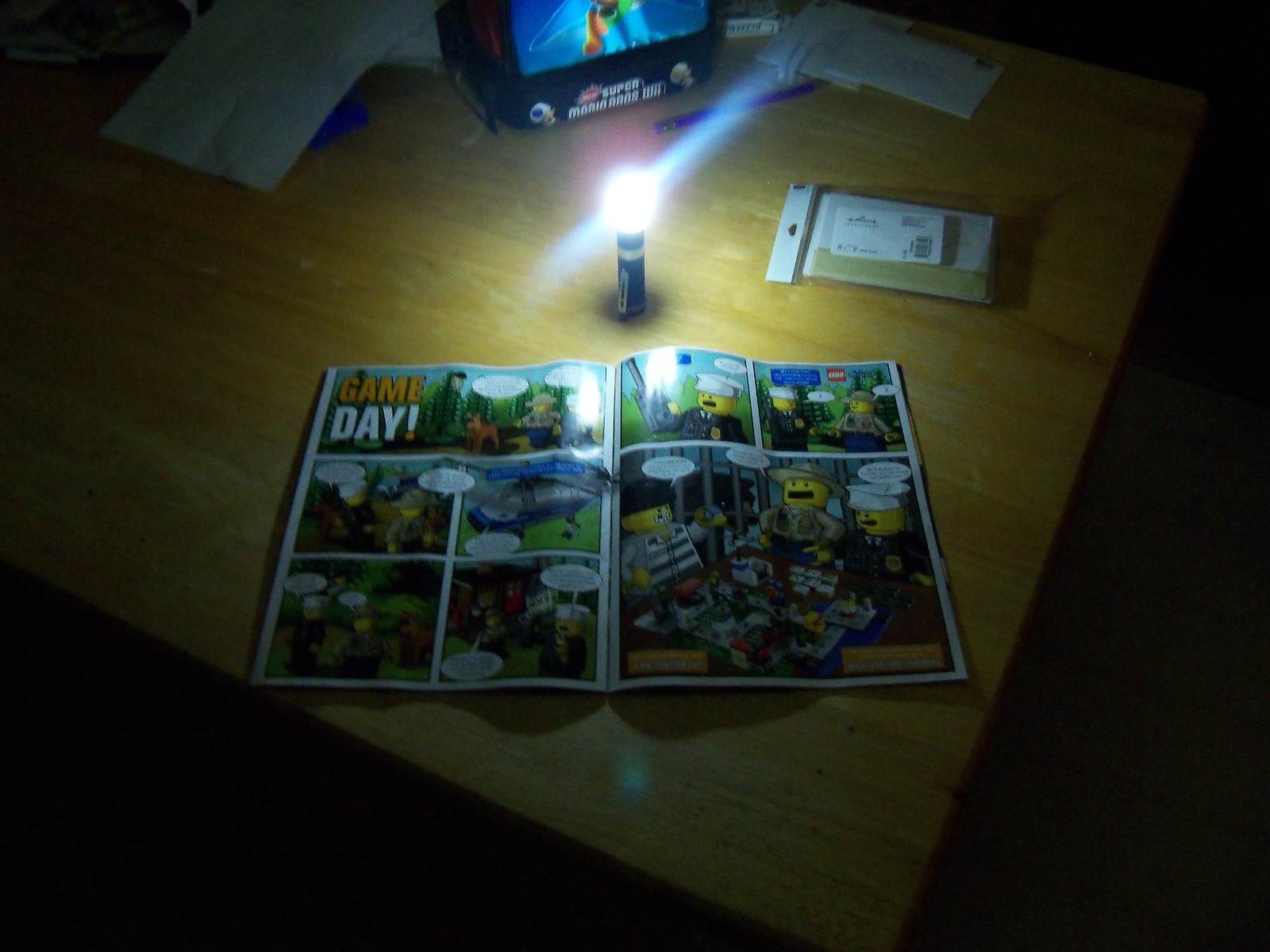
OVERALL
Balder has a potential winner here. The small size makes it nicely pocketable and in my experience, with the 1xaa form factor, smaller is generally better. (I love my ITP C7, but I hate how bulky it is for pocket carry.) This really is a fun light to use and play with. It feels very solid in hand and never exhibited any sort of flakiness in operation. The switching on and mode changes were about as flawless as could be. For consistency of operation, it ranks at the top of any light I’ve tested. However, I did not care for having to press and hold the tube for two seconds to turn on. I understand that it is there to prevent accidental turn on, which could be a problem given the interface, but I prefer instantaneous response without having to think of whether I’ve held the button long enough for it to work. A medium mode would be a nice add on, but again it would add another mode to have to cycle through to get the light to turn off. Old4570 mentioned the idea of dropping 14500 support in favor of optimizing it for standard AA. Given that many 14500 batteries will not fit in this light, this is a good suggestion. However, that makes the XM-L option less appealing as the track record of XM-L lights running on 1xaa has been somewhat disappointing. XM-L’s really like the higher current that the 14500’s provide. I really think the XP-G version of this light will be the way to go given the smallish reflector and extrapolating what I see coming from my XP-E sample, particularly if you do plan on using AA’s instead of unprotected 14500.